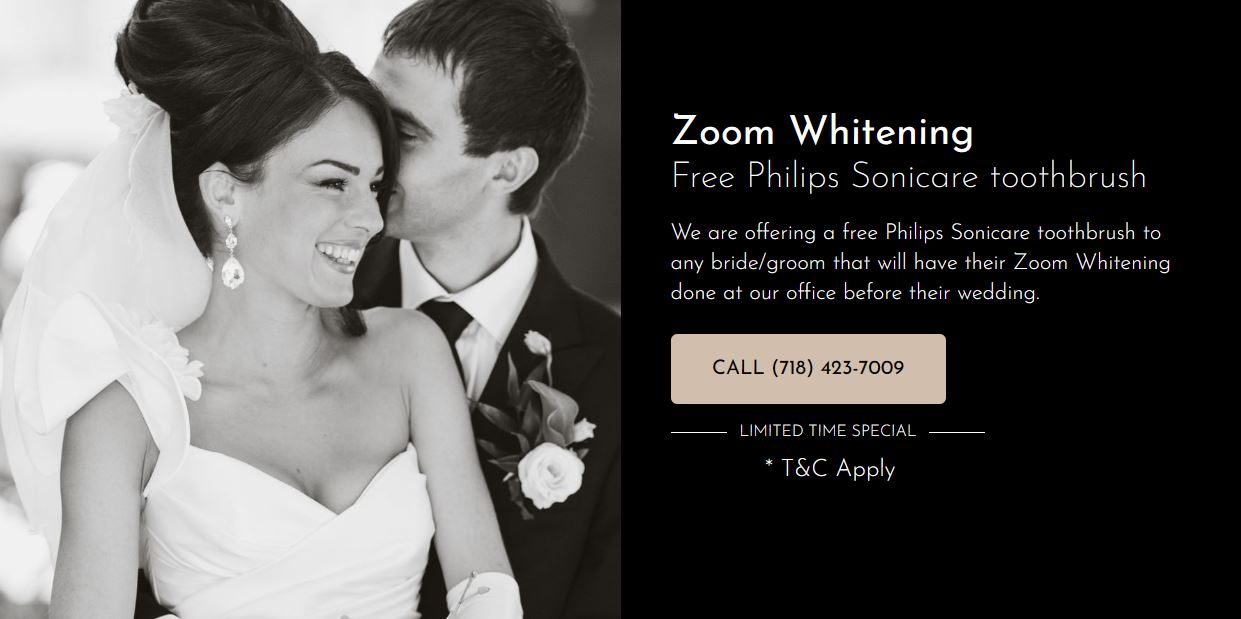
Restoring your tooth with crowns, bridges, or dental inlays and Onlays typically require two appointments to prepare and complete. Your teeth are prepared in the first visit by restructuring them to accommodate the restoration.
If you receive a suggestion for a dental Onlay, it indicates your tooth is damaged and is best repaired with a dental Onlays instead of fillings or crowns. During your appointment, the dentist must restructure your tooth before taking impressions for the dental laboratory to fabricate your restoration. Getting dental Onlays should not scare you if you have a severely damaged tooth that is challenging to restore with fillings but unsuitable for dental crowns.
Onlays help fill cavities in your tooth but work on a larger area, including the cusps. They are often recommended when decay is challenging to restore with fillings and crowns are excessive for the damage. However, Onlays are more substantial than dental fillings and not as intrusive as dental crowns requiring considerable tooth structure removal.
Causes of Tooth Sensitivity
Tooth sensitivity results from various causes, the most common among them being enamel erosion, improper dental hygiene, untreated infections in the tooth, et cetera. Restorative procedures like fillings, crowns, bridges, and inlays and Onlays also cause sensitivity when the dentist in Bayside prepares your tooth for restoration.
The sensitivity you experience emanates from tooth structure removal to accommodate the Onlay. However, you receive local anesthesia to numb your tooth during the drilling. Therefore you will not experience pain or sensitivity during the preparation.
You do not get the Onlay immediately after tooth preparation because the Bayside dentist must have it customized from a dental laboratory using materials like gold, porcelain, and composite resin as you prefer. Meanwhile, you receive temporary Onlays in the tooth until the dental laboratory returns your restoration.
Why Does a Tooth Hurt after Dental Onlay Treatment?
After getting a dental Onlays in Bayside, you will likely experience some discomfort initially with the temporary restoration until the dentist provides the permanent replacement. However, your dentist is aware of the phenomenon and suggests taking OTC painkillers besides avoiding hard and chewy foods that may dislodge the temporary restoration.
When you revisit the Bayside dentist for the permanent Onlay, you again receive anesthesia for temporary onlay removal and placement of the permanent restoration. Furthermore, you accept instructions for pain management by using OTC painkillers or saltwater rinses after restoring your tooth.
You can expect temporary sensitivity in the tooth for a few days, comfortably manageable with the suggestions of the Bayside dentist. However, if you experience pain beyond two weeks, especially if your tooth was significantly compromised with restorations nearby its nerves. In such cases, the sensitivity persists because it may be due to a dying nerve inside the tooth, indicating further treatments are essential. Nerve death occurs due to pre-existing conditions but, unfortunately, becomes evident only after your treatment commences.
If discomfort from the dental Onlay does not subside within two weeks, it is best that you contact the dentist for further assessment when they might take x-rays to detect damage under the restoration and recommend treatment for the problem. Refusing treatment for an infection inside your tooth makes you vulnerable to losing it forever because if left untreated, the tooth infection spreads to your jawbone, weakening it and ultimately your body to affect other organs. Therefore if recommend retreatment of the restored tooth with procedures like root canals, you must happily accept the dentist’s suggestion to undergo the treatment as soon as possible and receive a restoration over the tooth to safeguard it for many years.
Occasionally ill-fitting dental Onlays can also cause sensitivity in the tooth, making a visit to the dentist essential for adjustments. Therefore whenever your tooth hurts after getting dental fillings or Onlays, you must remain in contact with the dentist if the sensitivity does not subside and makes life difficult for you to manage.
The providers of these restorations are the best professionals with training to assess and address the cause of the sensitivity to ensure your tooth remains restored for many years advising maintenance with excellent dental hygiene and refraining from using your teeth for biting complex foods that might dislodge the restoration.
Discomfort after getting dental Onlays is natural for a few days because the restoration is not your natural tooth. However, if the problem does not subside, it helps to contact the providers, Bayside Family Dentistry seeking advice on the reasons for the issue and receiving treatment suggested by them to alleviate it.







